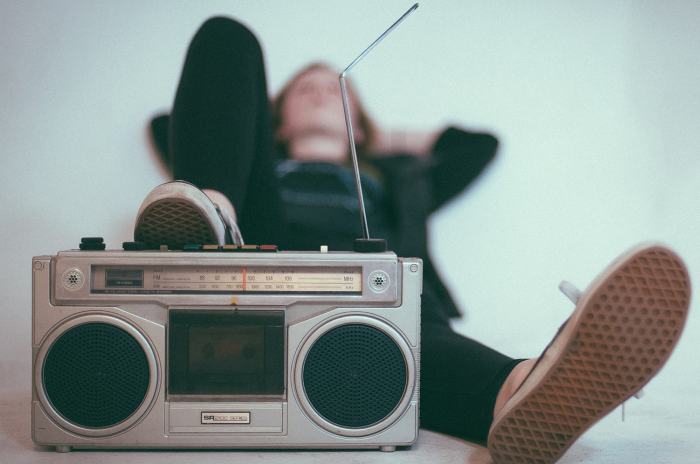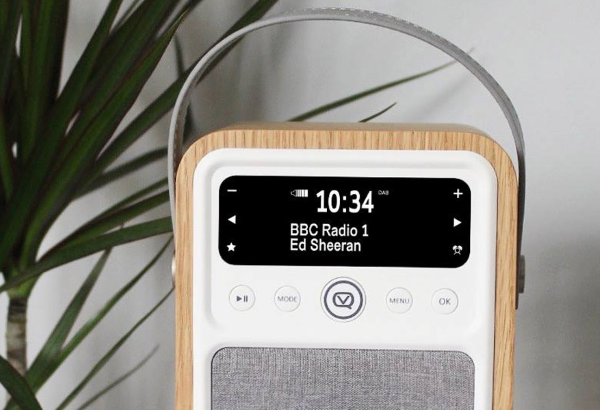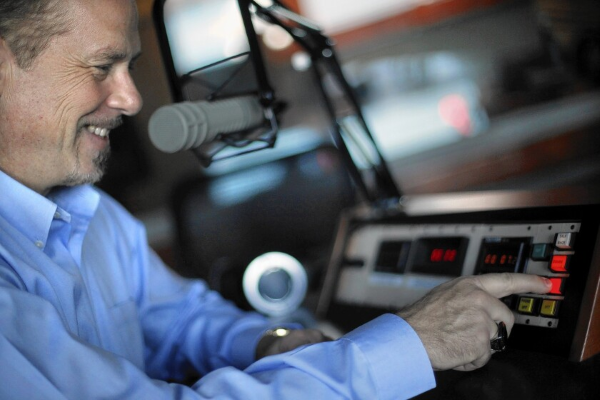The COVID-19 pandemic has changed many elements of our lifestyles, but perhaps most unexpected are the changes it brought to the way we consume media. In the US, for example, 95% of all workers, both remote and on-site, listen to the radio while on the job, according to Nielsen. To some, this might come off as a surprise, in an age where online, on-demand content seems to stand head and shoulders above all other media platforms. But in truth, radio has consistently maintained its position as one of the most common media platforms even well into the digital age. Its prominence is such that even on-demand content streaming giants like Spotify recognize the relevance of radio, such that they even include it in their service. And it has only gotten stronger in the post-pandemic world. Let’s explore the biggest reasons behind this return in force.
It’s One Of the Most Effective Platforms For Music
Humans inherently gravitate to music, and if there’s anything radio is known for, it’s that. Most people alive today can still remember the music culture surrounding radio, which stayed strong up until the early 2010s, and would likely argue that things were better back then. There was a spontaneity to playlists. You didn’t know what you were going to hear next. It could’ve been a song from one of your favorite albums, or a new track that you surprisingly enjoy despite it falling beyond the range of your preferred genres. If you didn’t like the music, you could switch to a different station, or pop in one of your own tapes. There was a profound overall feel to listening to the radio, whether it be while driving, working, or performing some other activity.
The potency of radio in society’s collective consciousness can be best exemplified using Adele’s comeback hit, ‘Easy on Me’. Even as it set records on popular streaming apps such as Spotify and Youtube, it performed even more remarkably on radio. Within its first week of airing, it became the most played radio song in US history. This speaks to the enduring strength of radio as a musical medium. People like to be pleasantly surprised. Radio playlists being curated by people who have an intimate understanding of music and its psychological impact can deliver this much better than an algorithm currently can. This allows for much more organic discovery of new songs, genres, and comeback singles from a beloved pop star.
Radio is a Time-Tested and Adaptable Medium
Commercial radio has been going strong for almost a century now, maintaining relevance even in the face of the rise of television and the advent of the internet. This is because of its simplicity and dependability. Radios are only marginally more complex than digital wristwatches, and thus they’re easy to adapt to current technological trends.
This can be best seen in the continued improvement of Digital Audio Broadcasting radios. This modern take on radios provide broadcast reception played back in digital quality, and integrate seamlessly with smartphones and other devices. They can stream music, read texts aloud, and host several other quality-of-life utilities because it’s just that easy to add extra features to such a simple design.
But the main event is the ever-present option of just turning on the radio to get instant news coverage or listen to some random music from a radio station that understands your music tastes. The effortless act of switching on a radio and letting it play in the background is the reason why the medium reached over 3 billion people each day even before the pandemic. It’s one of those things that blend into everyday life. You set it and forget it, but benefit greatly from having constant access to it.
People Want To Return To Trustworthy and Focused News Coverage
In such uncertain times, trustworthiness becomes a treasured quality. People are much more likely to trust news coverage that comes from their own locale rather than corporate mass media. Local sources are under a more immediate obligation to serve their communities, while mass media corporations have a reputation of prioritizing profit by being sensationalist. Radio gives people easy access to local broadcasts, allowing them to quickly receive need-to-know info in times of crisis.
The newscaster being a member of the same community as the audience makes them more likely to care about the authenticity and accuracy of a story because it is also relevant to them. This also allows them to relay events as they unfold in real time, eliminating the delay at which people get updated on the latest local news.
The simple and unobtrusive nature of radio has allowed it to carve so deep a niche for itself that it will be here to stay, at least for the foreseeable future. As technology stands now, there is still no actual substitute for the dependability and organic listening experience that radio offers.








